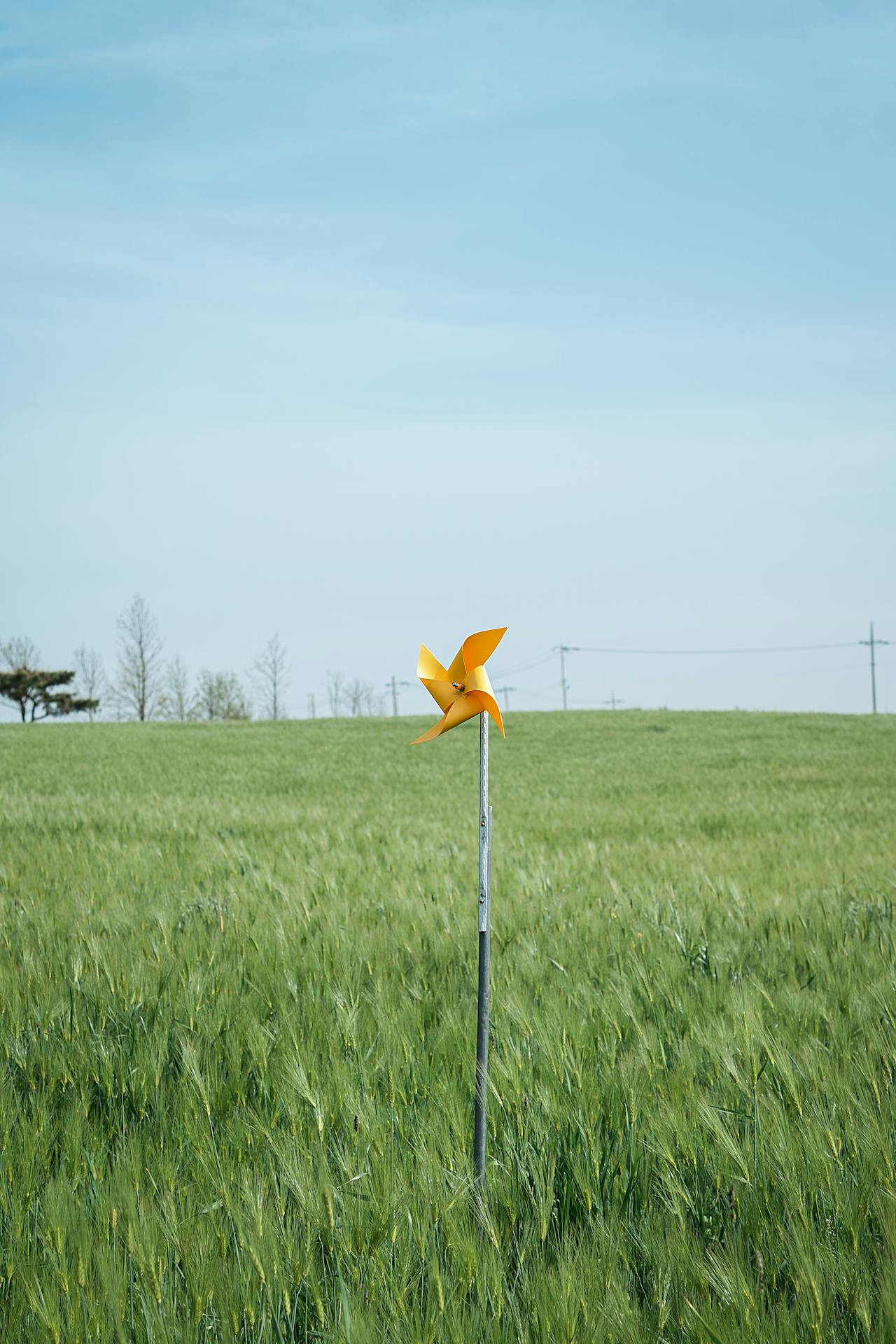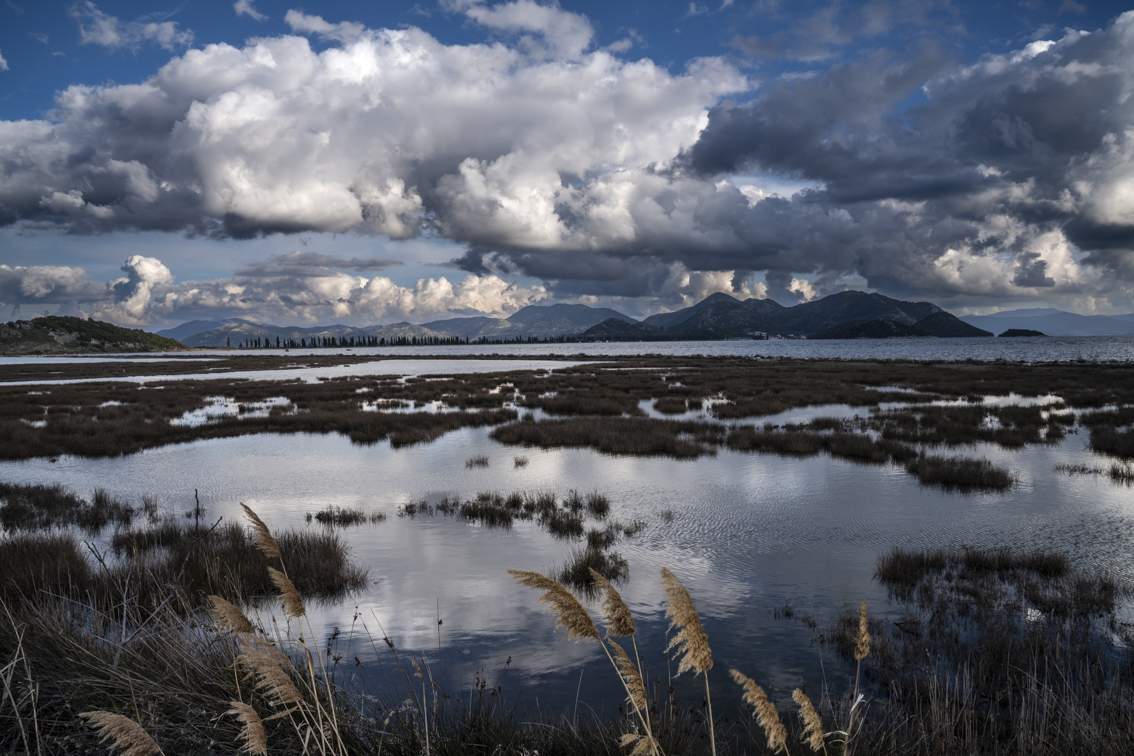Intensification of agriculture and forestry, climate change, resource extraction, invasive alien species, and pollution are driving biodiversity loss and the reduction of nature’s contributions to people in Europe. These findings are reported in the Summary for policymakers of the regional and subregional assessment of biodiversity and ecosystem services for Europe and Central Asia. Four regional assessments of biodiversity and ecosystem services were presented in March at the 6th session of the Intergovernmental Science-Policy Platform on Biodiversity and Ecosystem Services (IPBES) Plenary in Medellín, Colombia for Europe and Central Asia, the Americas, Asia and the Pacific, and Africa.
The report on Europe and Central Asia seeks to answer several questions, such as why biodiversity is important, where progress is being made, what the main threats and opportunities are for biodiversity, and how to adjust policies and institutions for a more sustainable future. Here’s a recap:
What’s the situation?
Biodiversity is in a continuous, strong decline; 42% of terrestrial animal and plant species (with known trends) have declined in population size in the last decade. The extent of natural ecosystems and species diversity have also declined. This continued biodiversity loss is threatening nature and in turn the economic and cultural values provided by nature – “nature’s contributions to people” – including ecosystem goods and services, and the notion of nature’s gifts from indigenous and local knowledge systems. High levels of biodiversity are required to sustain nature’s contributions to people. Between 1960 and 2016, nature’s regulating and some non-material contributions to people declined by more than 50%. Ecosystems services such as habitat maintenance, pollination, regulation of freshwater quantity and quality, soil formation, and regulation of floods are negatively affected by the decline in biodiversity levels.
Why is this happening?
Biodiversity levels are declining partially due to intensive agriculture and forestry practices used to increase the provision of food and biomass-based fuels. More renewable natural resources are consumed than produced in the region. The per capita ecological footprint in Western Europe is 5.1 hectares, exceeding the subregion’s biocapacity of 2.2 hectares, meaning Western Europeans depend on net imports of renewable natural resources and material contributions of nature to people. “The people of the region consume more renewable natural resources than the region produces,” said Prof. Markus Fischer (Switzerland), co-chair of the Europe and Central Asia assessment.
Land-use change is the major direct driver of the loss of both biodiversity and ecosystem services. This is largely a result of production-based subsidies, which have led to intensification in agriculture and forestry, and consequently biodiversity decline. The shift away from traditional land use practices has likewise reduced semi-natural habitats of high conservation value and associated indigenous and local knowledge, practices, and cultures. Urbanization has also played a role in land use change.
Besides the intensification of agriculture and forestry, natural resource extraction, pollution, and invasive alien species have already led to declines in biodiversity and ecosystem services, and together with climate change, will likely continue to pose considerable threats in the future. The current economic value per year of nature’s regulation of climate in the region is estimated to be $464 per hectare; if biodiversity decline affects nature’s ability to provide this ecosystem service, this value will soon be lost.
Any compounding factors?
Economic growth has indirectly reinforced biodiversity loss and reduced nature’s contributions to people. Moving forward, further economic growth can facilitate sustainable development only if economic growth is decoupled from environmental degradation, which has generally not happened so far. This would require a yet unseen transformation in policies and tax reforms across the region.
What types of policy or governance options might help?
Broad scale sustainability and conservation policies and actions have helped to reverse some of these negative trends, however progress towards healthy ecosystems is still insufficient, and biodiversity status and trends remain negative overall. Despite the negative trends, there are promising governance options, policies, and management practices available for Europe and Central Asia.
Progress has already been seen in mainstreaming biodiversity and nature’s contributions to people into public and private decision-making, however further commitment is needed to adopt and effectively implement policies and management practice. More proactive, focused, and goal-oriented approaches to environmental action should be used to mainstream conservation and the sustainable use of biodiversity into all sectoral policies, plans, programs, strategies, and practices to ensure the sustained provision of nature’s contributions to people.
Furthermore, increased participation and stakeholder involvement can help to integrate different types of knowledge in policymaking and decision-making while promoting shared responsibility, thereby potentially serving to avoid negative outcomes for people and nature. Education, knowledge-sharing, and participatory decision-making can help with the long-term societal transformation needed to achieve a sustainable future, and of course sufficient funding can facilitate research, monitoring, education, and training.
IPBES Chair Sir Robert Watson said, regarding the policy options emerging from the four regional assessments, “Although there are no ‘silver bullets’ or ‘one-size-fits all’ answers, the best options in all four regional assessments are found in better governance, integrating biodiversity concerns into sectoral policies and practices (e.g. agriculture and energy), the application of scientific knowledge and technology, increased awareness and behavioural changes.”
Read the IPBES Press Release here.
Read the Report – Summary for Policymakers here.
Watch the video:






